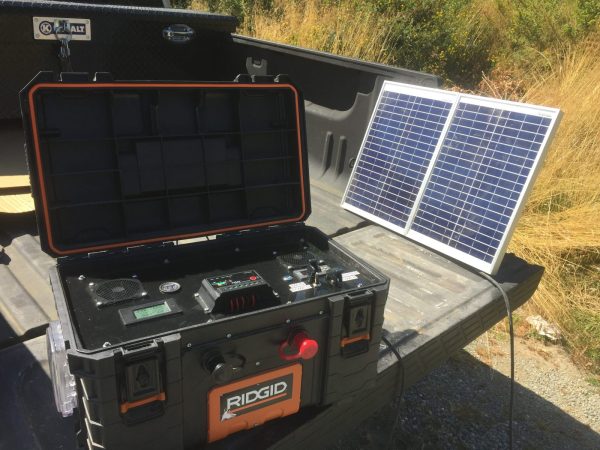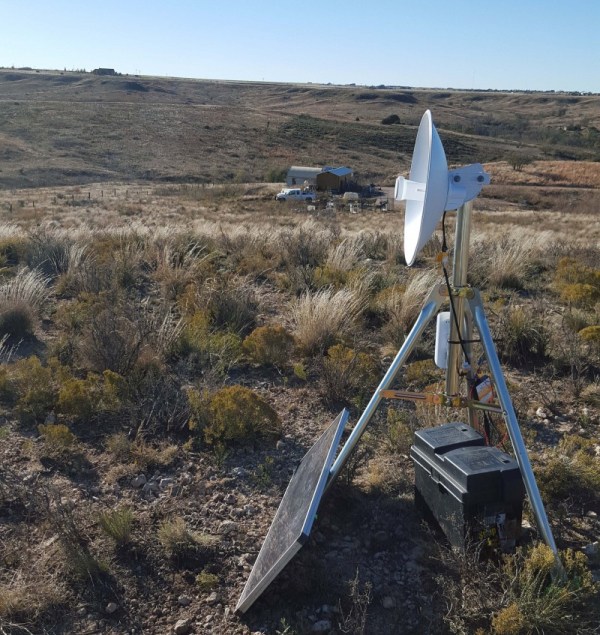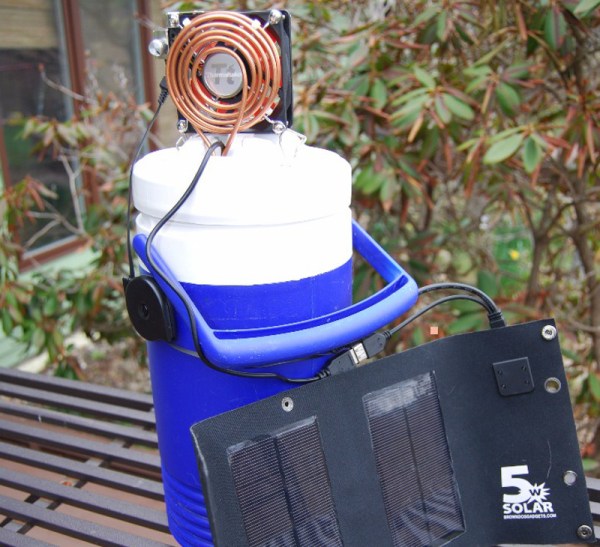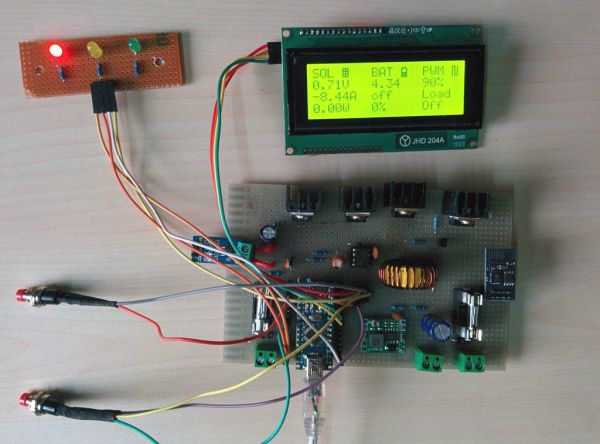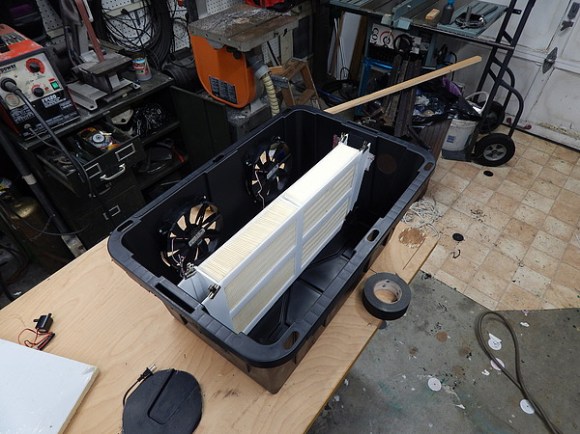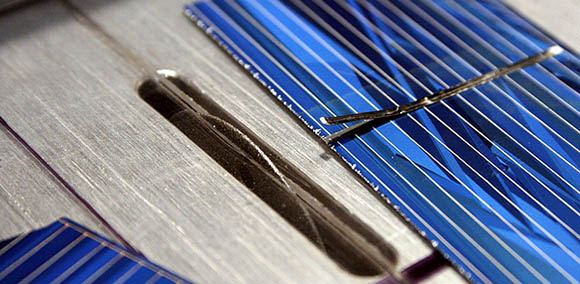One of the biggest problems for prosthetic users is feel. If you’ve ever tried to hold a pen and write with a numb hand, you’ve realised how important feedback is to the motor control equation. Research is ongoing to find ways to provide feedback from prosthetic limbs, in even a basic format. The human nervous system is a little more complex than just interfacing with the average serial UART. One of the requirements of many feedback systems is power, which usually would involve bulky batteries or some form of supercapacitors, but a British team has developed a way to embed solar cells in a touch-sensitive prosthetic skin.
The skin relies on everyone’s favourite material of the minute, graphene. A thin layer of graphene allows the prosthetic to feed signals back to the user of both temperature and contact pressure. The trick is that the graphene skin is incredibly transparent, reportedly allowing 98% of light on its surface to pass through. It’s then a simple matter of fitting solar panels beneath this skin, and the energy harvested can then be used to power the sensor system.
The team does admit that some power storage will later be required, as it would be difficult for any prosthetic user if their limbs lost all feedback when they walked into a dark room. The idea of one’s arm losing all feeling upon going to bed isn’t particularly appealing. Check out the paper here (paywalled). Video below the break.
We see a lot of great prosthetic projects cross our desk here at Hackaday – like this 3D printed prosthetic hand. Prosthetics definitely matter, so why not build your own and enter it in the 2017 Hackaday Prize?


